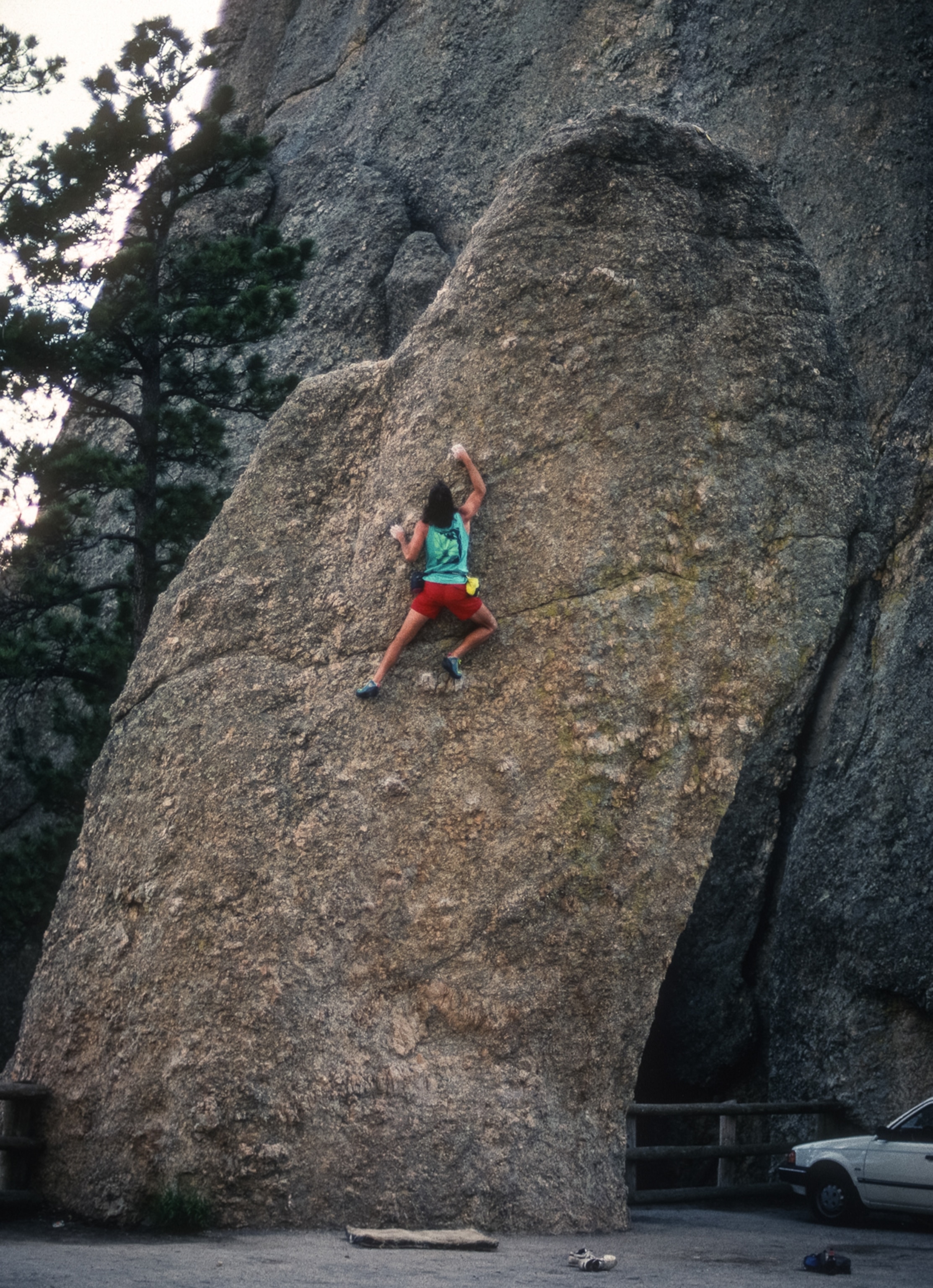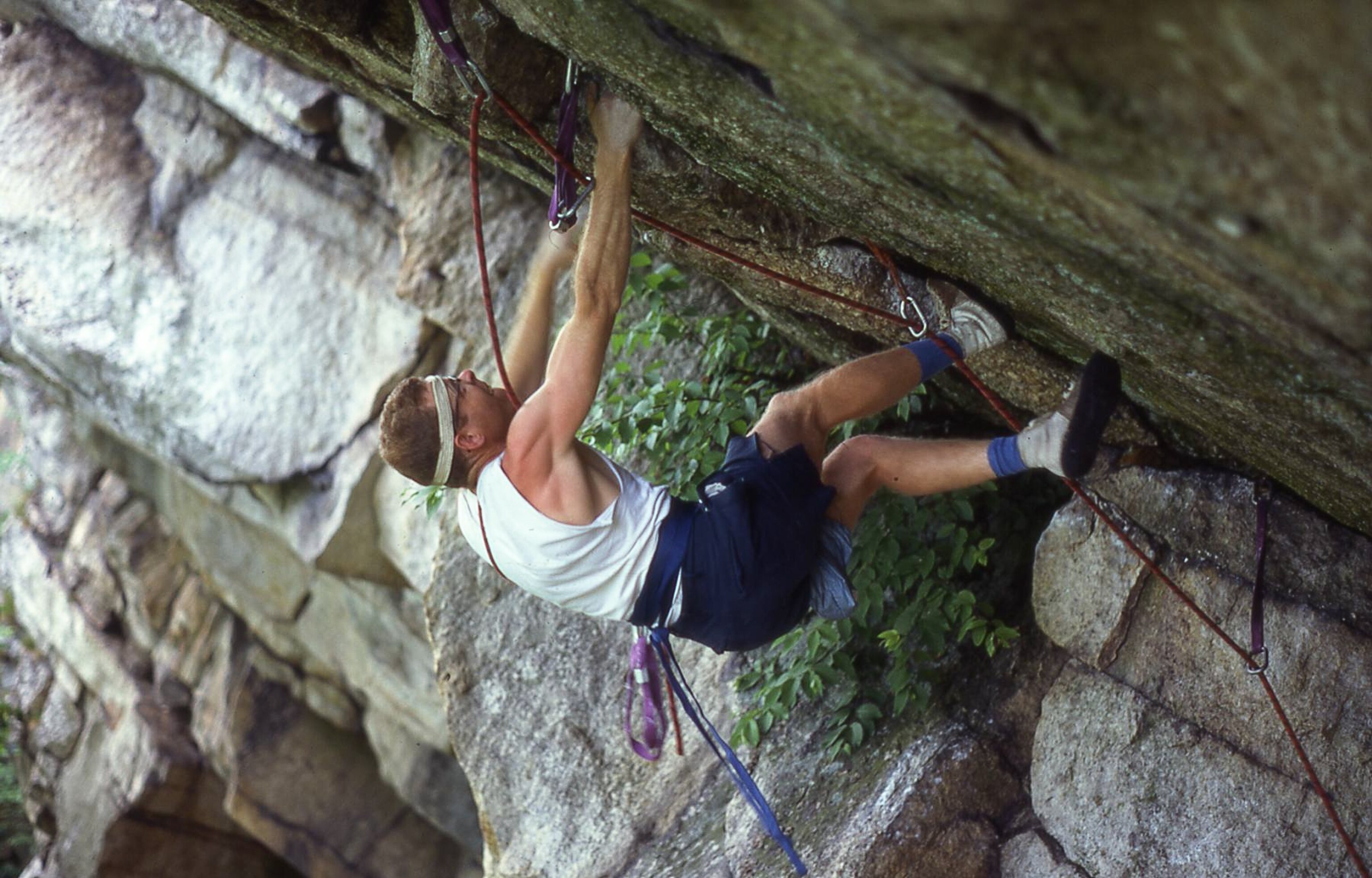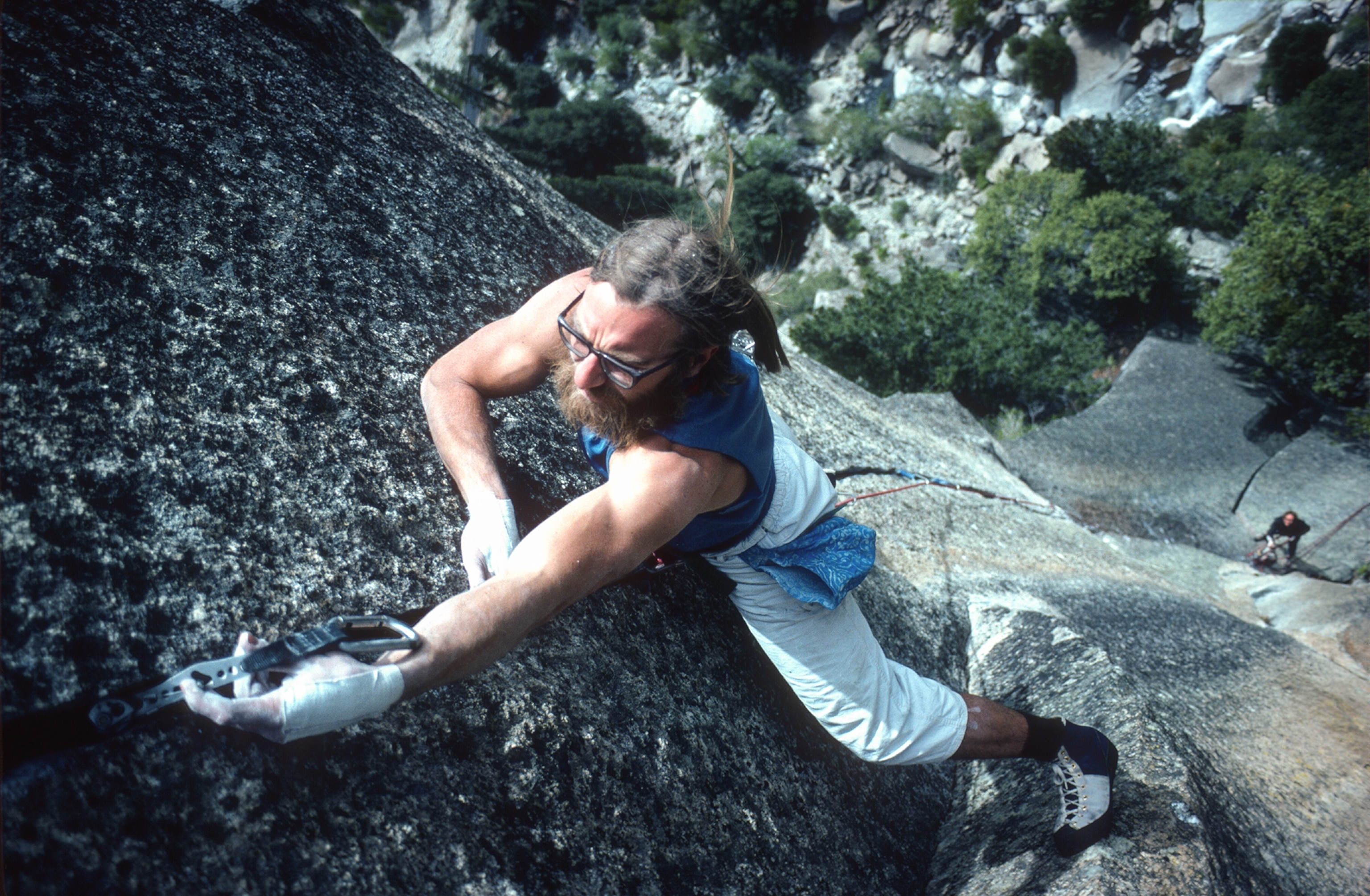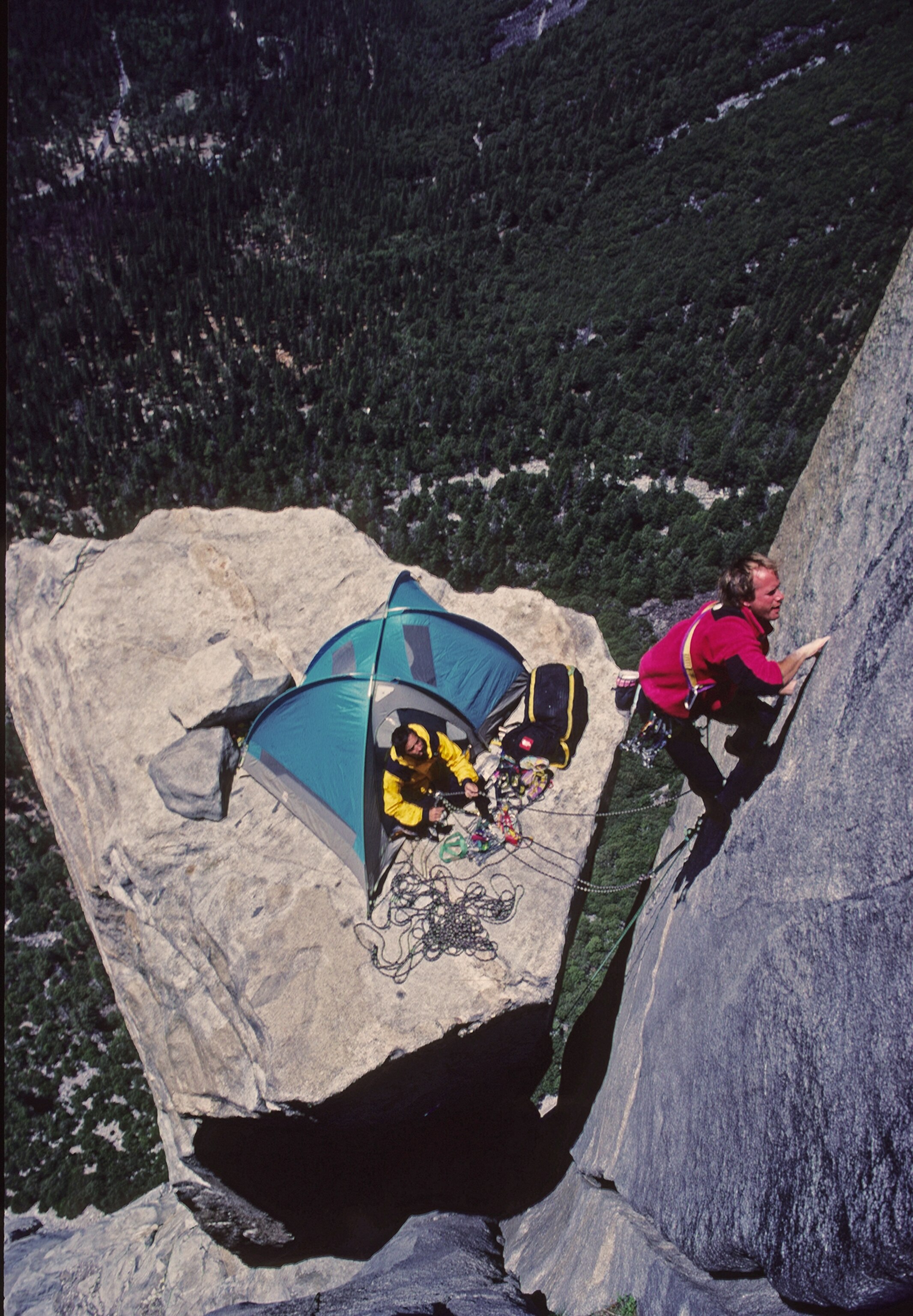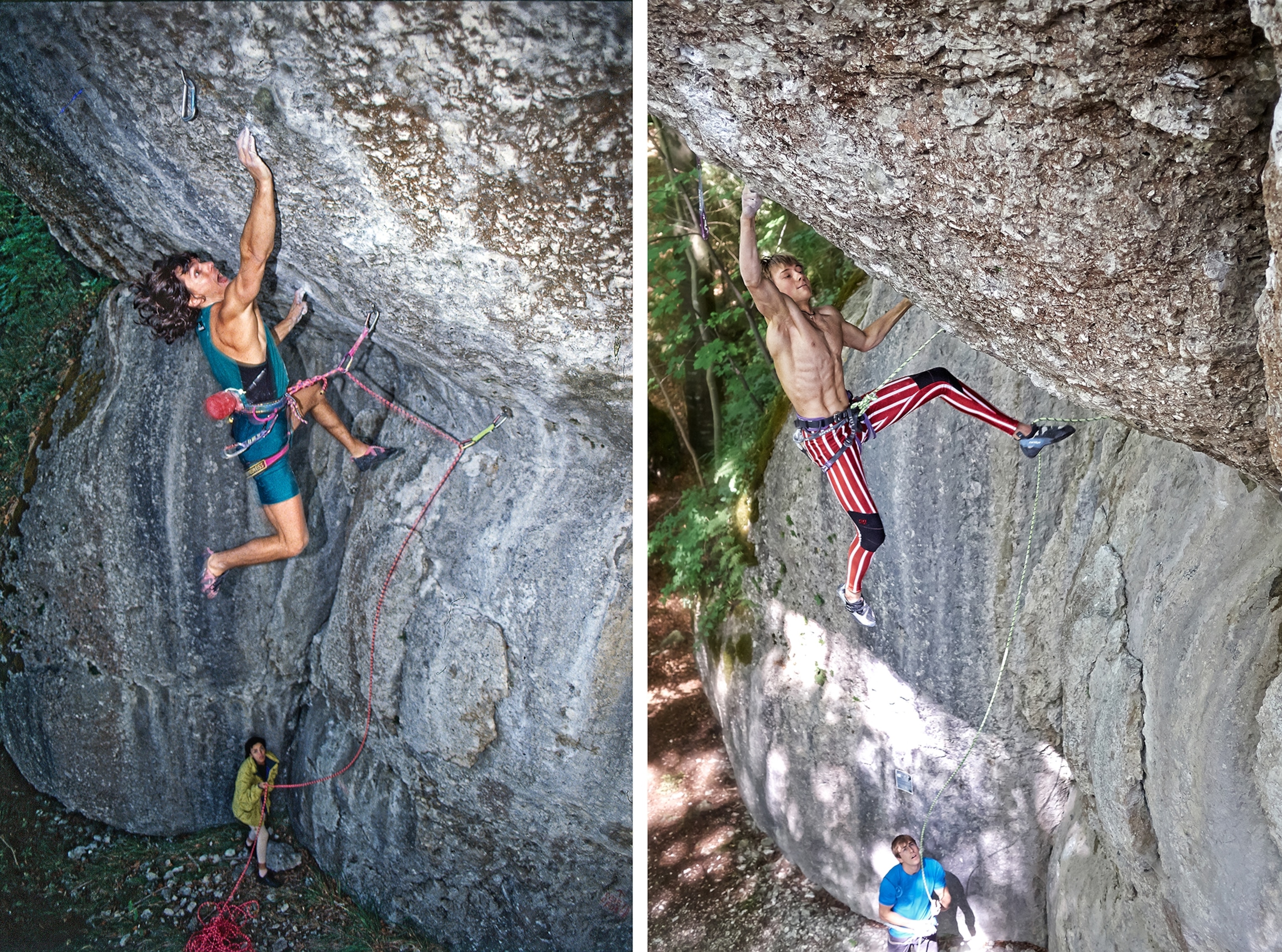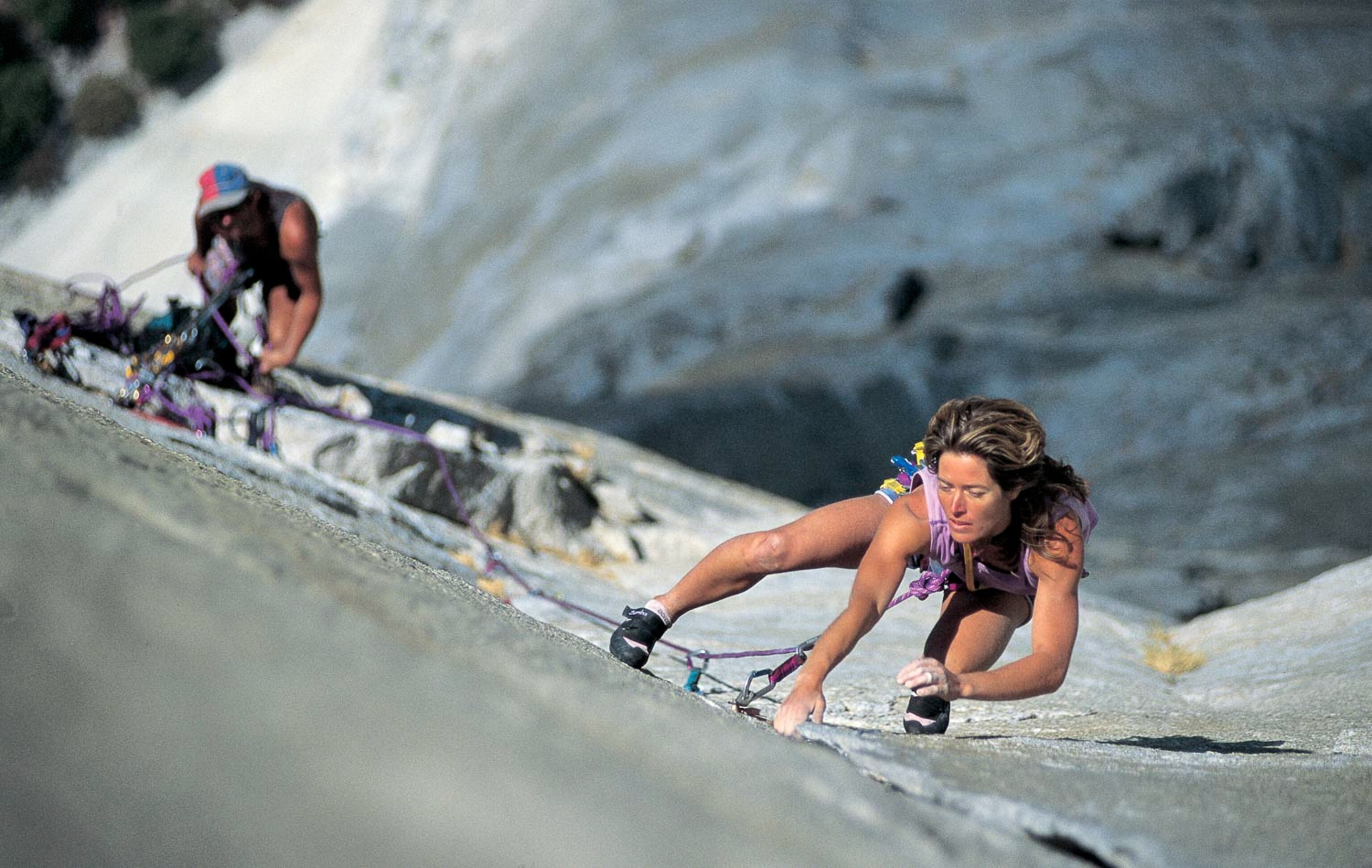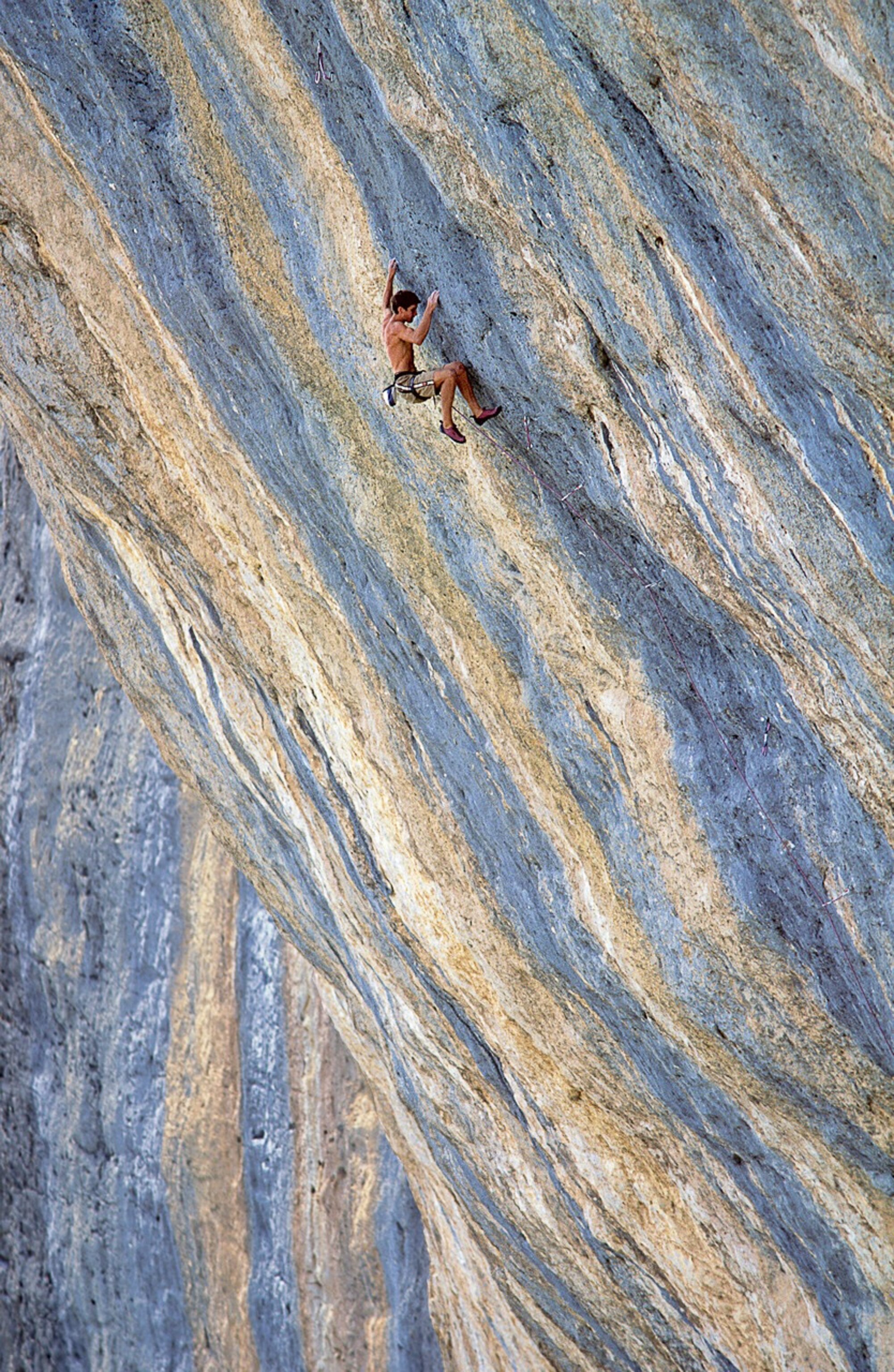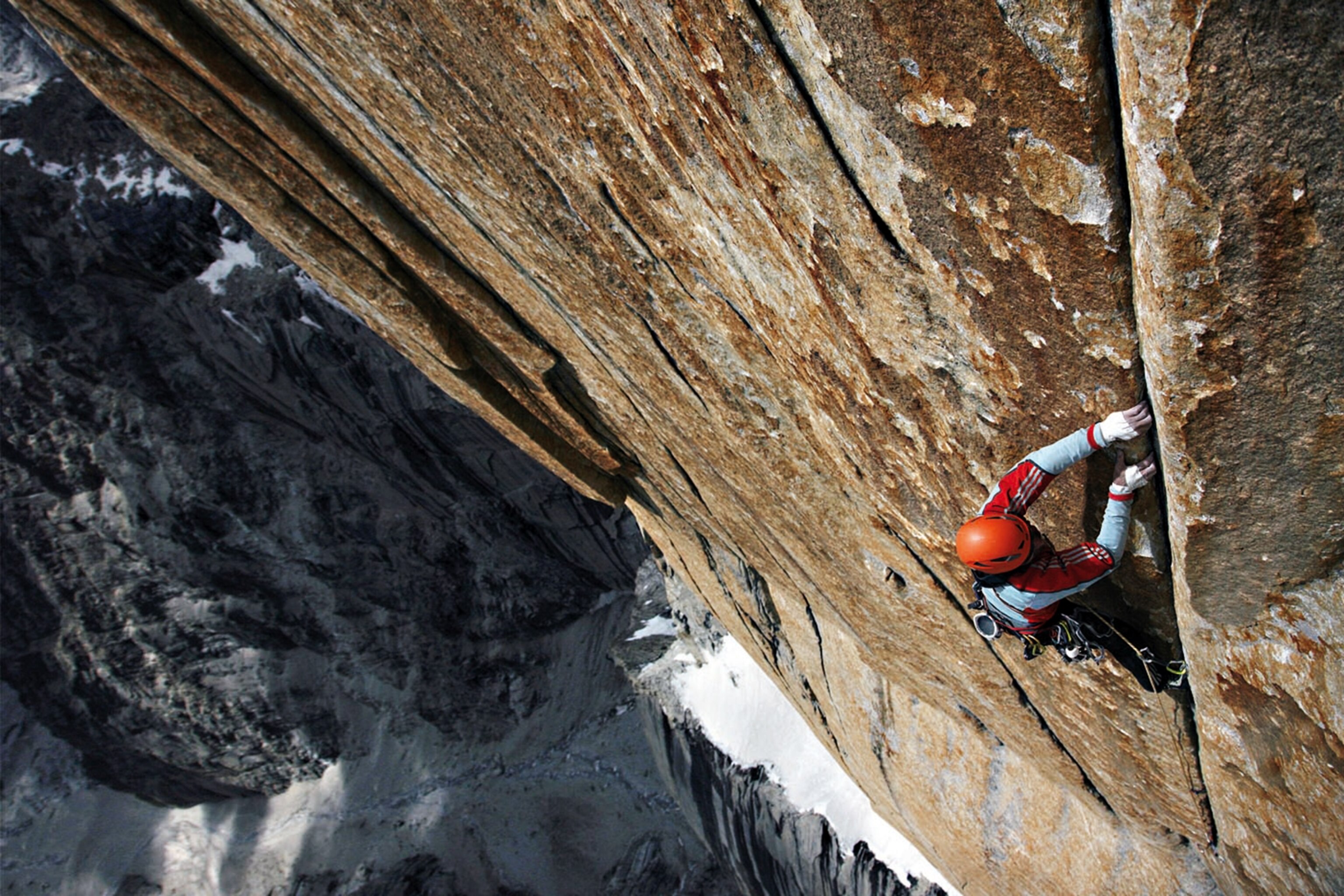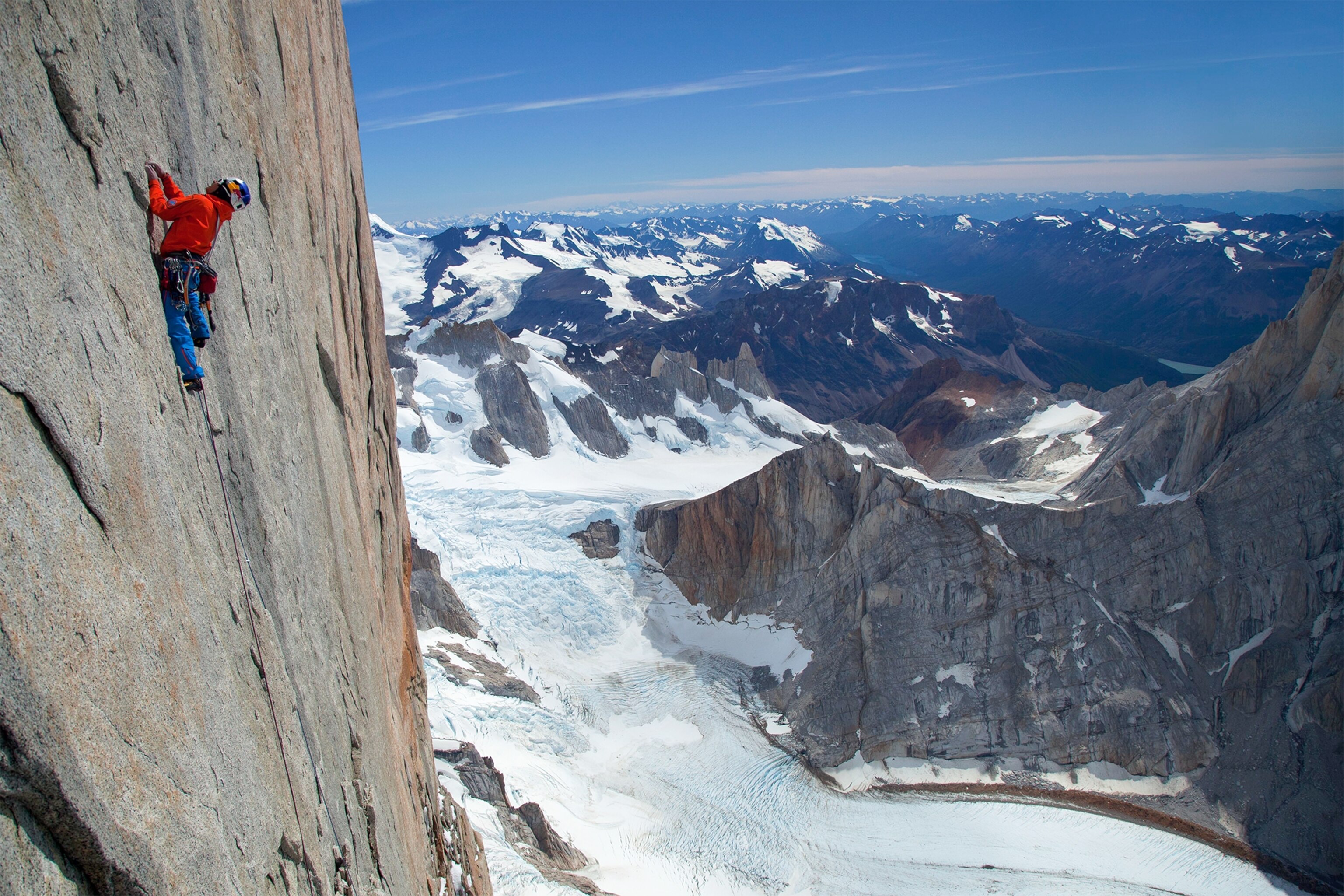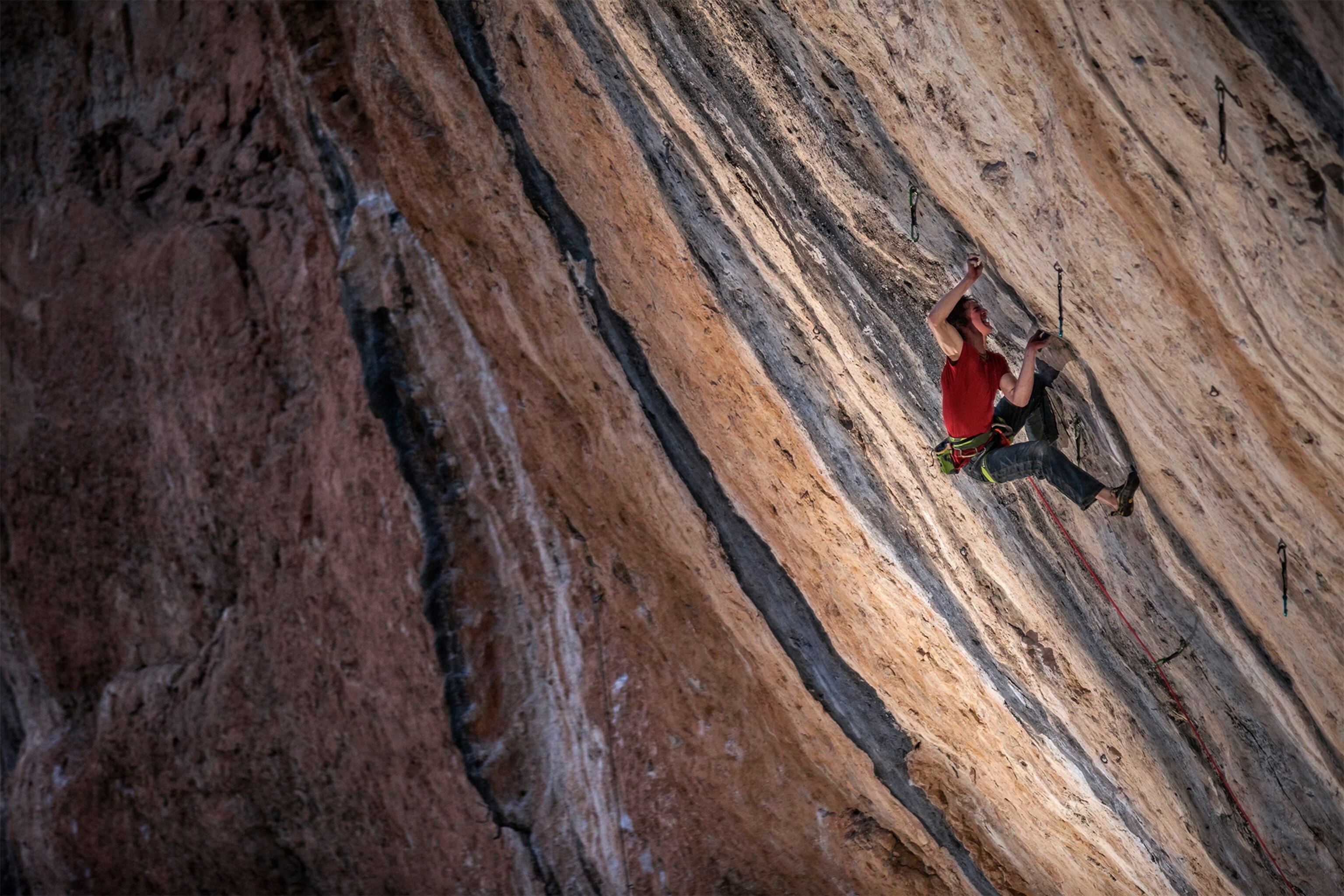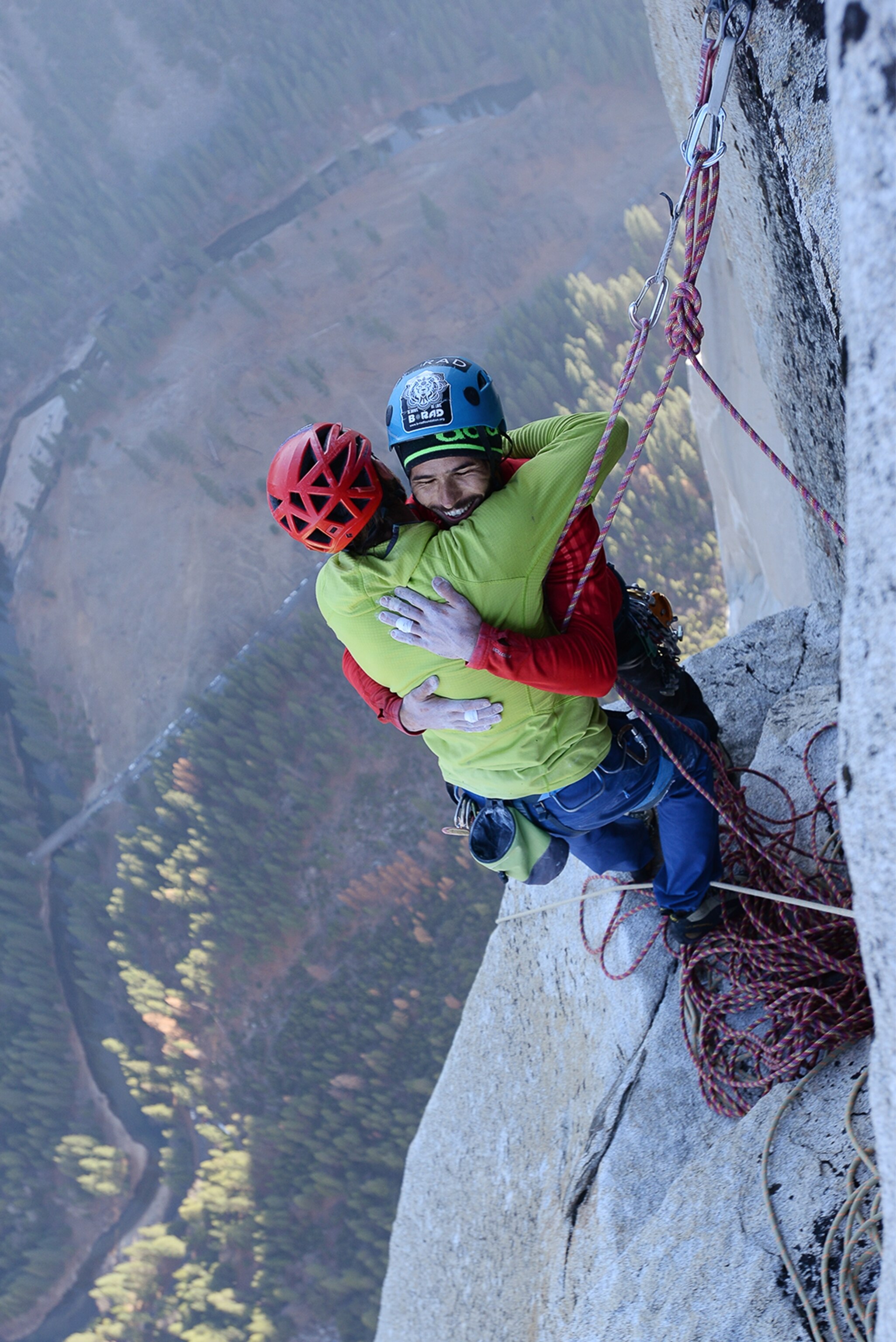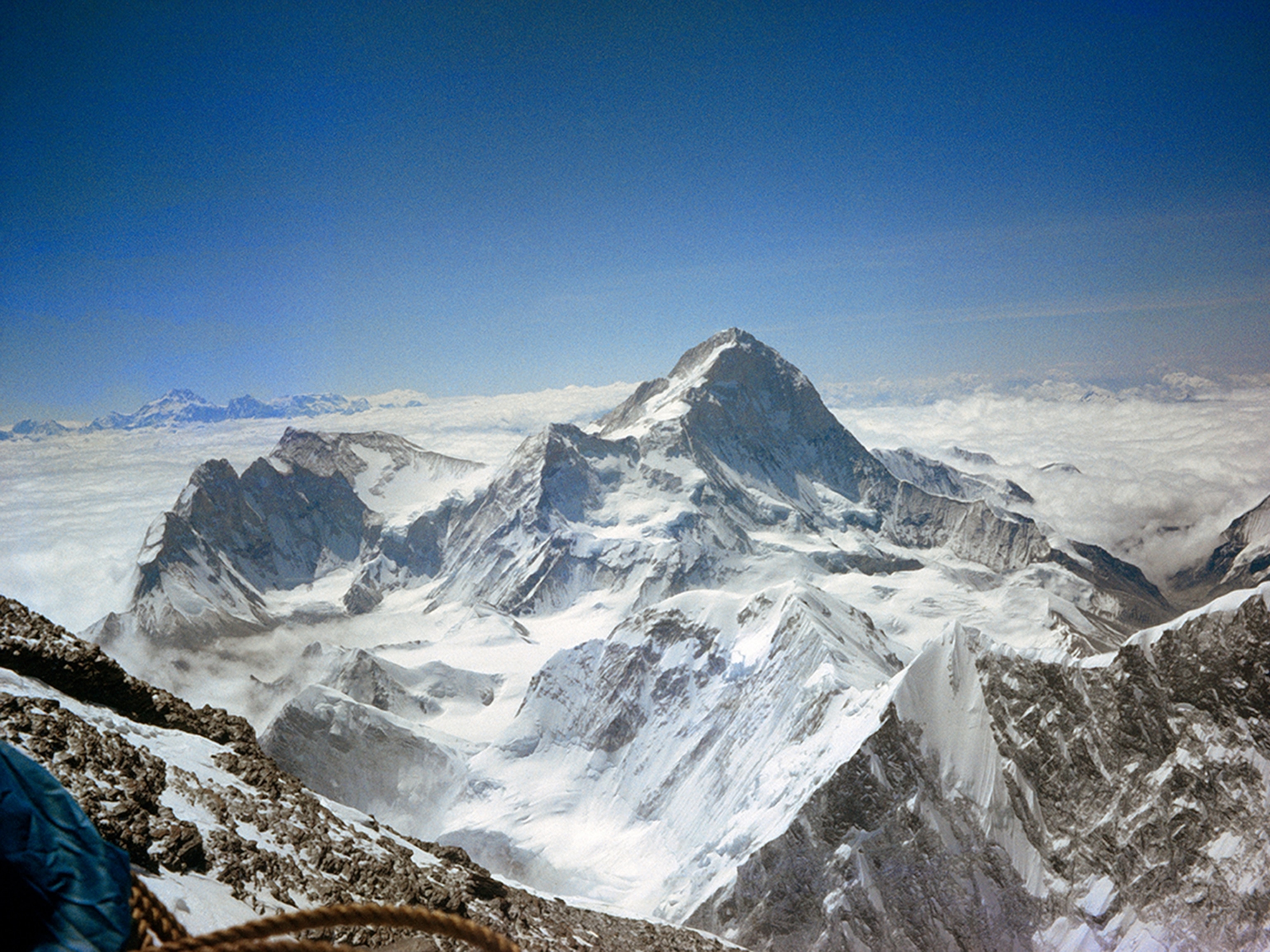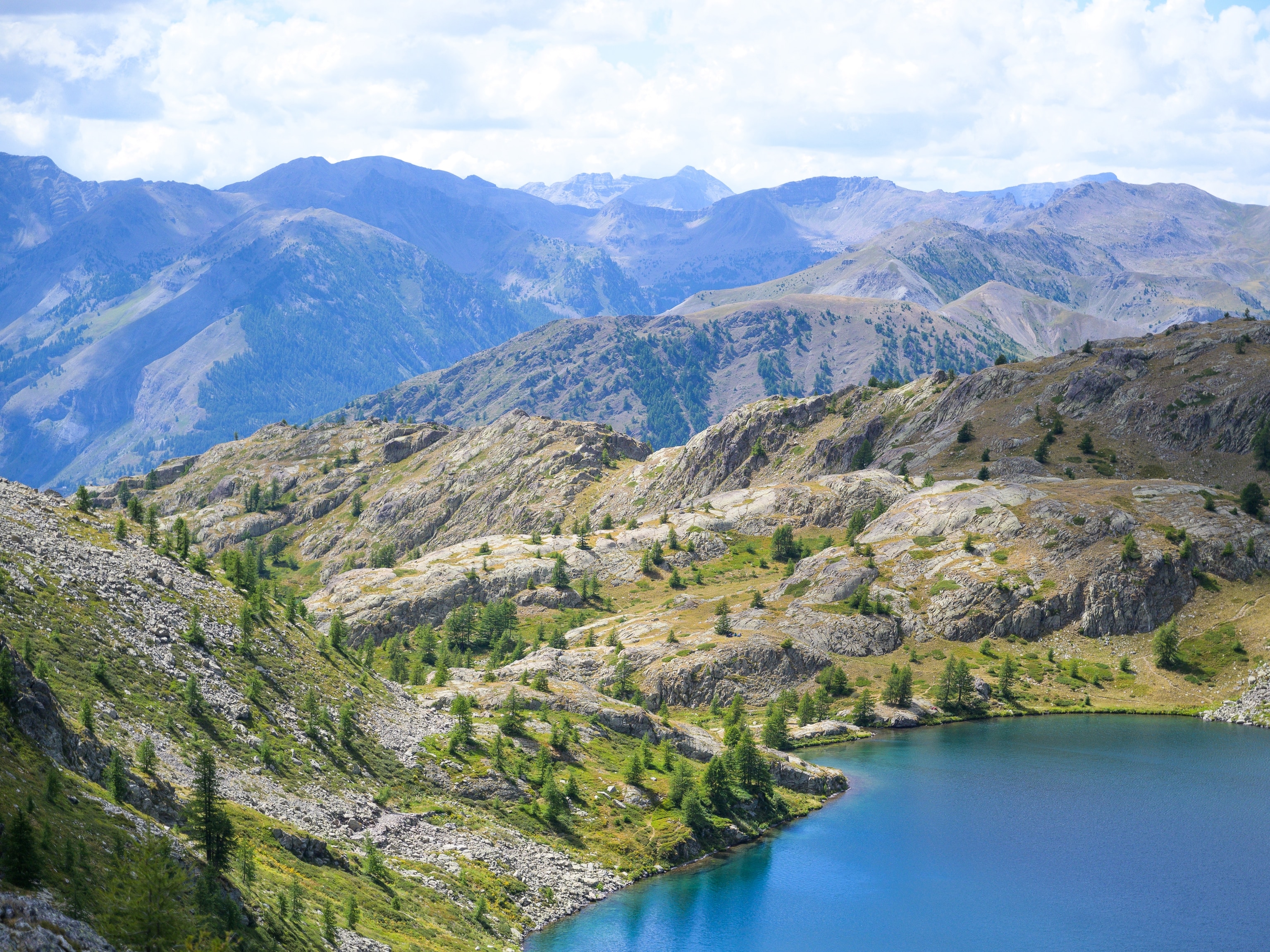Inspired by the historic completion of the first free ascent of El Capitan's Dawn Wall route in Yosemite on Wednesday, we've drawn up a list of some of the most influential free climbs of the modern era.
Free climbing means climbing without using external aids to power upward progress. In other words, it's when a climber scales the rock using only his or her body (typically the hands and feet), with a rope and safety gear present solely to safeguard against a fall. Climbing big rocks without a rope, where falls are usually fatal, is called free soloing. (Read why Caldwell and Jorgeson are sanding and Super Gluing their fingers for the climb.)
Remarkable feats of free climbing have been pushing the limits of what's humanly possible for more than a hundred years. Some of the most impressive early free ascents occurred at the sandstone towers of Elbsandstein, Germany, near the Czech border, where the first 5.10 was climbed in the early 1900s. (Climbing ratings start at 5.0 and go to 5.15, currently the most difficult.)
A list has to start somewhere, and this one skips ahead half a century from ascents of the sandstone towers of Elbsandstein to the similar-looking landscape of Needles, South Dakota, the site of John Gill's 1961 climb (above).While scores of events have contributed to rock climbing's progression, every climber's definition of what qualifies as a landmark free climb will vary. Compiled below is a sampling of influential ascents, with input from climbing luminaries such as Lynn Hill, Alex Honnold, John Long, and the man of the moment himself, Tommy Caldwell. (Read National Geographic's adventure blog, Beyond the Edge.)Your list will probably be different, and mine might be, too, on a different day. In case the debate gets too vigorous—climbers being what we are—I've taken a tip from the music stages of old-time honky-tonk bars and wrapped chicken wire around my desk. I'm ready.
But not ready to free El Capitan; that remains the domain of the elite, of those men and women who continually expand our collective visions of possibility. (See pictures from the photographer who documented Caldwell's and Jorgeson's history-making climb.)
The picture above shows climber John Sherman on the Thimble in 1991. John Gill made free climbing history there 30 years earlier, when he climbed the rock formation unroped, unrehearsed, and with only a wooden railing below to break his fall. No crash pads.In the early 1960s, when climbing was principally about risk and summits, with little regard for the "how," Gill was focused on form. That form was free climbing. Gill—a gymnast and mathematician—is the father of American bouldering: climbing unroped on smaller rocks, typically in pursuit of the hardest possible sequences. His route up the Thimble, with some of its hardest moves near the top, is rated 5.12a and went unrepeated for 20 years.Kelly Cordes is author of The Tower: A Chronicle of Climbing and Controversy on Cerro Torre and was the longtime senior editor of the American Alpine Journal.
